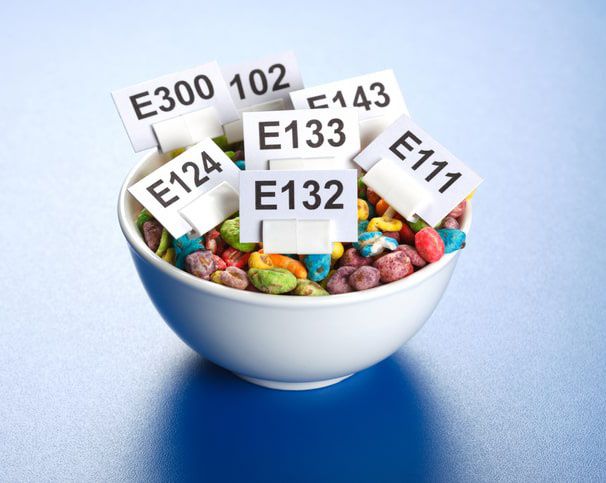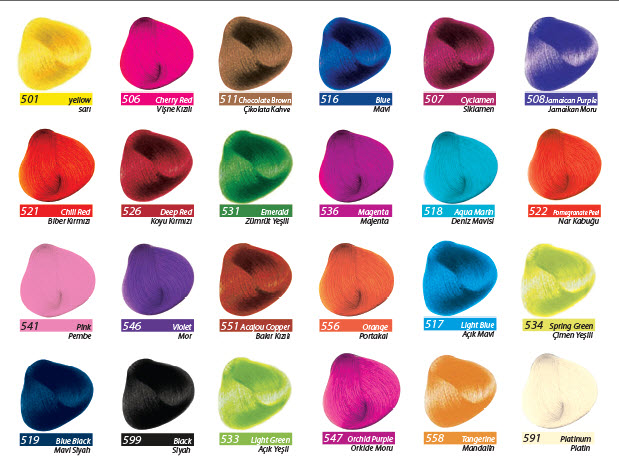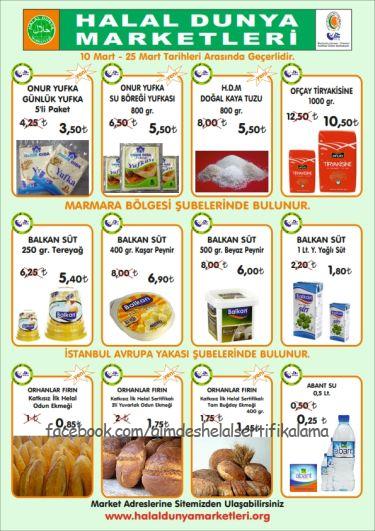How many food additives do we consume in a year?
It’s said that an urban consumer ingests over 2,000 types of additives daily. If additives are used in very small amounts in food, yet such a large amount is reached, it’s necessary to first consider how many types of additives we consume and then work to identify them and whether they are harmful.
Since most people don’t grow their own food on farms, they buy it from places close to where they work or live. Therefore, food needs to be transported far from where it was grown or manufactured without spoilage. This is achieved through additives. Additives also enhance the nutritional value of some foods and make them more appealing by enhancing their taste, texture, color, and shelf life.
Additives are added to foods for five main reasons:
1. To maintain product consistency: Emulsifiers provide a consistent consistency to the products they are added to and prevent them from separating. Stabilizers and thickeners provide a soft, uniform consistency. Anticaking agents help substances like salt flow easily.
2. To preserve or enhance nutritional value: Vitamins and minerals are added to many foods, such as milk, flour, grains, and oils. This is because some foods undergo certain processing processes, which can lead to the loss of these vitamins and minerals, or to a person’s diet, and these nutrients are replaced.
3. To preserve flavor and health benefits: Preservatives slow spoilage caused by mold, air, bacteria, fungi, and yeast. Bacterial contamination can lead to life-threatening foodborne illnesses such as botulism. Antioxidants are preservatives that prevent the oils and fats in various foods from going rancid or losing their flavor. They also prevent fresh fruits like apples from turning brown when exposed to air after being cut.
4. Maintaining or controlling acidity or alkalinity: Acidifiers, which release acids when heated, react with baking soda to help cakes, cookies, and other baked goods rise while baking. Other additives help alter the acidity and alkalinity to suit the flavor, taste, and color of foods.
5. Enhancing flavor or imparting desired color: Many spices and natural and synthetic seasonings enhance the flavor of foods. Similarly, colors enhance the appearance of some foods to meet consumer expectations.
With so many commonly used additives, a question inevitably arises: Can some foods or additives trigger certain diseases?
The answer is short and clear: “Yes.” Certain foods or food additives can trigger one or more of the following symptoms:
Allergies, Asthma, Autism, Pervasive Developmental Disorder, Enuresis (Urinary Urinary Incontinence), Behavioral Disorders, Depression, Mood Changes, Earaches, Chronic Otitis Media, Eye Problems, Enzyme Deficiency, Gastrointestinal Problems, Stomach Pain, Headaches, Migraines, Nasal Polyps, Skin Problems, Eczema, Hives, Sleep Problems, Tics, Tourette Syndrome.
To illustrate the close relationship between additives and unexpected food reactions, let’s give examples of additives that can cause these symptoms:
ASPARTAME: Known as an artificial sweetener (diet sugar). It is often used as a sweetener instead of sugar. In rare cases, aspartame can cause angioedema, or swelling of the eyelids, lips, hands, or feet, in people with aspartame sensitivity.
BENZOATES: Benzoates are used as food preservatives during the processing of certain foods, such as bananas, cakes, cereals, chocolate, sauces, fats and oils, licorice, margarine, mayonnaise, milk powder, potato powder, and dry yeast. True allergic reactions to benzoates are rare.
BHA/BHT: BHA (Butylated hydroxytoluene) and BHT (Butylated hydroxytoluene) are antioxidants. BHA and BHT are particularly used in fats and oils and cereals. They can cause hives in sensitive individuals.
FOOD DYES: They are used to color foods. These are designated by numbers such as E102 (Tartrazine). Some foods, such as cakes, candies, canned vegetables, cheeses, chewing gum, sausages, ice cream, orange drinks, salad dressings, seasonal salads, soft drinks, and ketchup, contain tartrazine. Tartrazine can cause hives or asthma attacks, although this rarely occurs in sensitive individuals.
MSG: Monosodium glutamate (E621) is used primarily in Far Eastern (Chinese, Japanese) and Turkish cuisines. The reaction caused by it is also called “Chinese Restaurant Syndrome.” It is also used as a flavor enhancer in various foods in many factories and restaurants. Reactions to MSG include: headache, nausea, diarrhea, sweating, chest tightness, and burning sensation at the back of the neck. These reactions occur after consuming excessive amounts of MSG. Severe asthma attacks can occur in asthmatic patients who consume this substance.
NITRATES/NITRITES: These two substances are used both as preservatives and as colorants and flavor enhancers. Nitrates and nitrites are found especially in meat products such as sausages and salami. They can cause headaches and hives in some people. PARABENS: Parabens are used as preservatives in food and medications. Examples include methyl, ethyl, propyl, and butyl parabens, and sodium benzoate. When ingested by individuals sensitive to these substances, they can cause severe skin symptoms or skin redness, swelling, itching, and pain.
SULFITES: SO2, also known as sulfiting agents (sulfur dioxide, sodium or potassium sulfite, bisulfite, metabisulfite), are used as food preservatives and in fermented beverage containers. They are found in baked goods, teas, condiments, seafood, jams, jellies, dried fruits, fruit juices, canned and dehydrated vegetables, frozen potatoes, and soup mixes. Sulfites cause symptoms such as chest tightness, hives, abdominal cramps, diarrhea, low blood pressure, a burning sensation in the head, weakness, and a rapid pulse. Furthermore, sulfites can trigger asthma attacks in asthmatics who are sensitive to them. Many restaurant salad bars contain high levels of sulfites. The food and chemical industries have long maintained that all food additives are thoroughly tested and safe. However, a look at the history of food additives reveals that many additives pose health risks after years of use, and the ones listed below have been banned.
Some of these banned additives are still used in developing countries. Furthermore, our children’s health is at risk because we live in a society that has become accustomed to handing over their nutrition to the food industry.
Does it make sense to entrust our children’s health to an industry focused on quick profits? As the processed food industry grows, developing countries around the world are quick to adopt this approach. The truly tragic truth is that processed foods are often over-processed with excessive amounts of salt, sugar, and fat to extend their shelf life, enhance their flavor, and thus increase sales.
Many packaged, canned, or bottled products we see in supermarkets fall into the processed food category. Breakfast cereals, crackers, cookies, and sweetened beverages are just a few examples. Even foods you buy because you think they’re healthy can fall into the overly processed category, such as yogurt, cheese, or sauces. In this regard, we must be careful when choosing our markets.
We must remember that the top priority of most processed food producers is to reach their consumers and therefore make a profit. If we want to escape this dangerous situation in our country:
To see all our GIMDES Halal and Tayyib Certified Companies, CLICK HERE.
To purchase all GIMDES Halal and Tayyib Certified Products, CLICK HERE.





